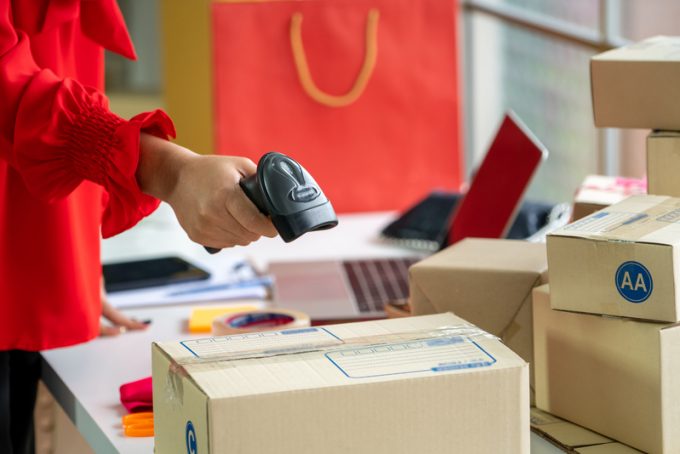Intra-Asia carriers ramp up capacity with newbuild orders as demand holds
Following years of underinvestment, intra-Asia carriers are renewing their feeder and sub-panamax box ship fleets. The ...

South-east Asia’s e-commerce boom remains an “untapped” opportunity for intra-Asia trade, as investments pour into improving cumbersome cross-border logistics.
According to Facebook and Bain & Company’s annual e-commerce report, South-east Asia’s digital retail market grew by a massive 85% last year, with 70 million more consumers ...

Comment on this article